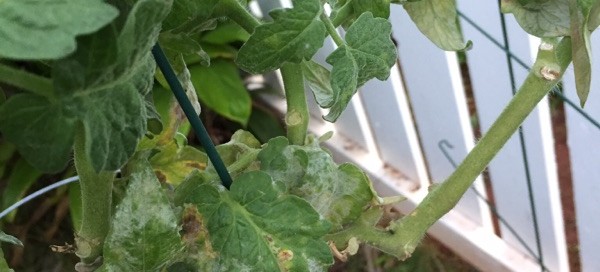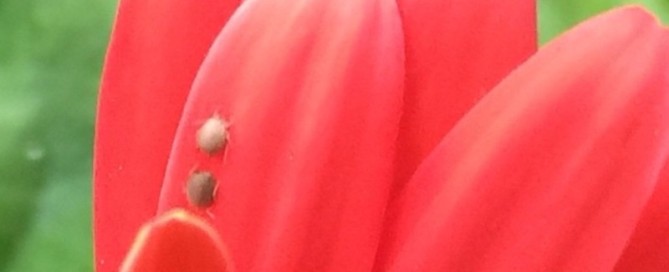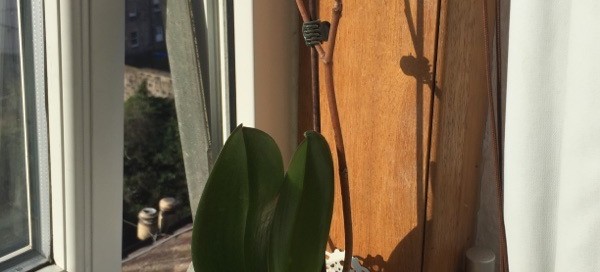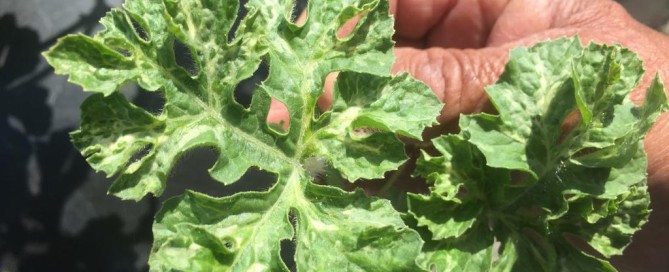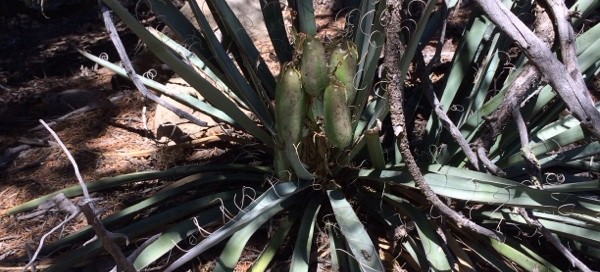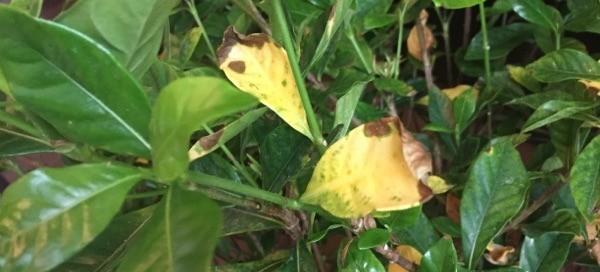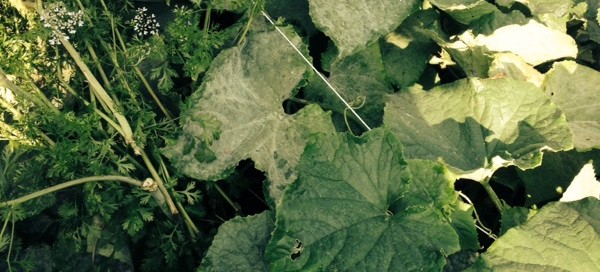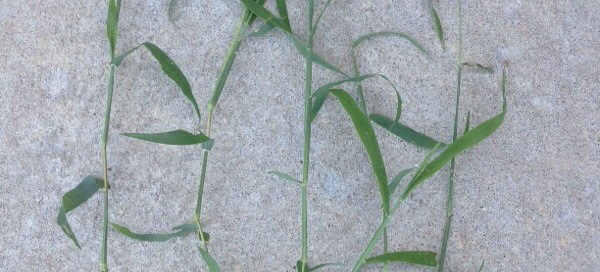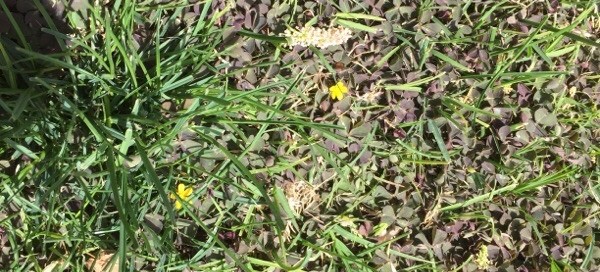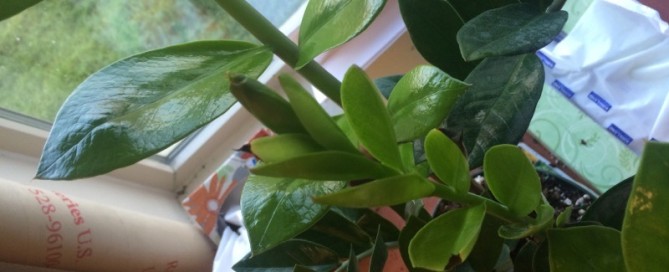Powdery Mildew On Tomato Foliage
This looks like powdery mildew, a common fungal disease that crops up where air circulation is limited and nights are cool and humid. Growing in shade also makes the problem worse. Spray the plants with any of the organic fungicides such as Actinovate, Green Cure or Serenade. Your local nursery may have other options. Fungus disease cannot be cured, but can be arrested so plants can continue to grow and produce. Keep the affected leaves picked off the plant and up off the ground to prevent reinfection. There are various types of Powdery mildews and many of them are host specific (Powdery mildew of tomato won't spread to roses, for example), so you may have more than one type of mildew. You will likely need to make changes to the overall environment to reduce the spread, like increase air circulation in/around the plants with pruning of some stems and leaves, make sure air movement into the garden area is sufficient (not being blocked by other plants or structures), and the plants requiring full sun should BE in full sun all day (at least 6-8 hours/day).
Here's more info about Tomatoes and Powdery Mildew:
http://www.ipm.ucdavis.edu/PMG/GARDEN/VEGES/tomato.html
http://www.ipm.ucdavis.edu/PMG/PESTNOTES/pn7406.html
